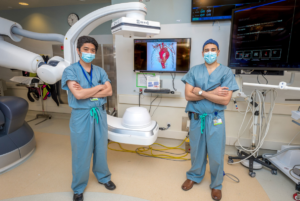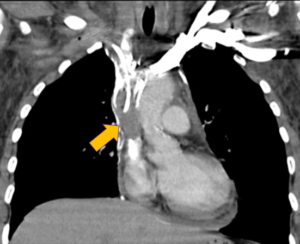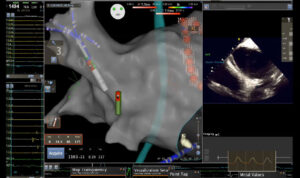SGLT2 Inhibitors Have Similar Benefits to GLP-1 Receptor Agonists for Myocardial Infarction or Stroke but Greater Benefits for Hospitalization for Heart Failure in Patients with Type 2 Diabetes

Practice guidelines recommend considering sodium–glucose cotransporter-2 (SGLT2) inhibitors or glucagon-like peptide-1 receptor agonists (GLP-1 RAs) for patients who have both diabetes and atherosclerotic cardiovascular disease (CVD). The choice between the drug classes is left to the physician, except that SGLT2 inhibitors are advised for patients with a history of heart failure.




 Researchers at Brigham and Women’s Hospital are investigating genetic drivers of vascular disease to help prevent aortic dissection and aneurysm in patients with a familial risk. Using a simple blood draw, they are testing patients for genetic abnormalities that can cause the often-deadly condition.
Researchers at Brigham and Women’s Hospital are investigating genetic drivers of vascular disease to help prevent aortic dissection and aneurysm in patients with a familial risk. Using a simple blood draw, they are testing patients for genetic abnormalities that can cause the often-deadly condition.


